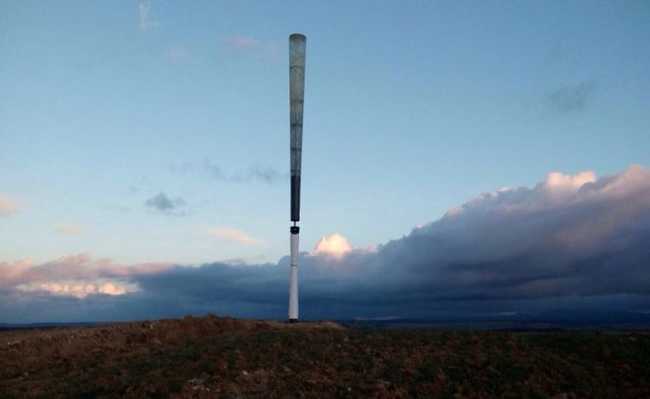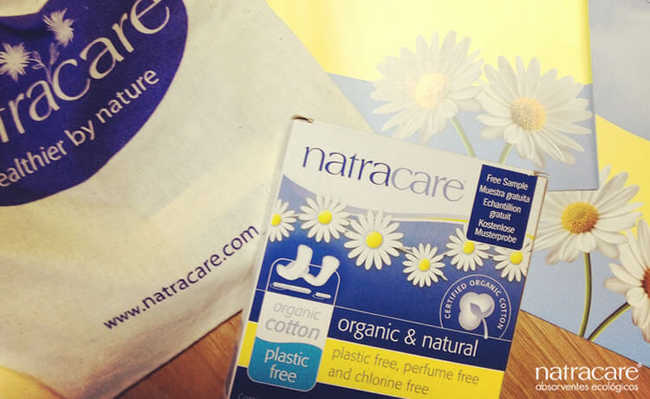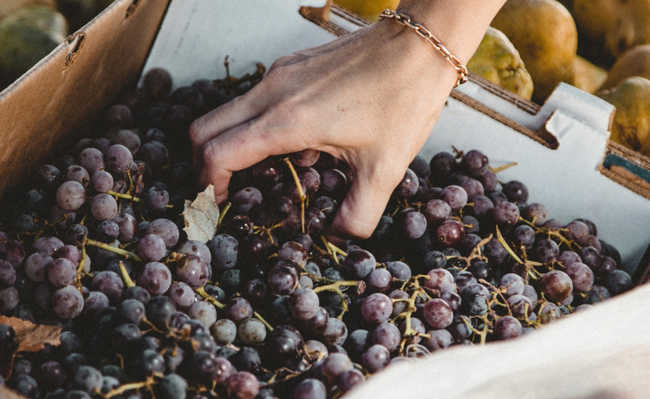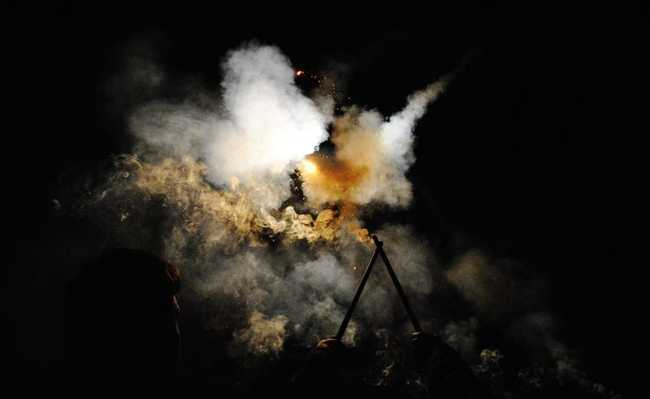what is food web
Food web is a popular expression referring to complex relationships between living organisms.

Timothy Dykes image on Unsplash
Food web is a simplified concept within the study of ecology, but it is used for didactic purposes and observation of biological patterns. Food web refers to the relationship between organisms that takes place through different food chains.
Trophic levels
To understand what the food web is, it is first necessary to understand the trophic levels. Basically, the trophic levels are divided into two main categories of organisms: the autotrophs and the heterotrophs. The first group is occupied by organisms that are capable of synthesizing their own "food" from inorganic substances. Plants are an example in this regard, since to develop and reproduce they use minerals present in the soil and carbon dioxide gas, in a process called photosynthesis. On the other hand, heterotrophs are those that need to feed on other organisms. They can have a herbivorous, carnivorous, omnivorous or detritivorous food.
Within the group of heterotrophs are consumers (crickets, frogs, snakes, hawks) and decomposers (worms), while the group of autotrophs is occupied by producers (plants). But there is still a peculiar group, which can have heterotrophic and autotrophic activity. This group is composed of mixotrophic beings, and its main example is carnivorous plants.
Food chain and types of consumers
Once the concept of trophic levels is understood, it is necessary to understand what a food chain is. A food chain is a linear sequence of organisms in which one serves as food for the other. As a practical example, we can mention a food chain that starts in a vegetable and ends in a hawk. In this chain, the vegetable will serve as food for a cricket, which will serve as food for a frog, which will feed a snake, which, in turn, will feed the hawk. In this chain, the cricket is a primary consumer, as it feeds directly from the producers (the plants). The frog is a secondary consumer, as it feeds on the primary (the cricket) and the snake is a tertiary consumer, as it feeds on the secondary (the toad), and so on. The food web is the relationship that occurs between different food chains. This makes it possible for secondary organisms in one chain to occupy another consumer position in another chain, such as secondary and tertiary positions, for example.
Concept utility
The food web concept is a limited representation of actual interactions between organisms. But it is used for measuring generalized standards and for teaching purposes. In more advanced studies, mathematical models are used to understand the different relationships of a food web or ecological community. Over time, ecology scholars have realized that, although the relationships seem complex, across a wide range of terrestrial, freshwater, and saltwater communities, there are notable similar patterns.
energy flow
Within a trophic level, energy travels in a direction from primary organisms to the tops of food chains. When plants photosynthesize, energy from the sun and inorganic materials are converted into biomass. This biomass will feed the cricket, which will make use of it to develop and possibly feed the frog. Theoretically, the energy flow continues along the path until it reaches the hawk, but as it rises in the trophic level, a part is lost. In this way, the energy travels through the trophic levels in a decreasing way.
Energy is used for production, consumption, assimilation, non-assimilation losses (stool) and respiration (maintenance costs). In a broad sense, as well explained in an article in the magazine nature , the energy flow (E) can be defined as the sum of metabolic production (P) and respiration (R), so that E = P + R. At each trophic level transfer, energy is lost to the environment , and this is due to a natural law called entropy. About 80% to 90% of energy is used in the body's vital processes or lost as heat or waste. Only about 10% to 20% of the organism's energy is passed on to the next organism.
The role of human beings in the food web
Human food also plays a role within food webs, after all, we are animals and we feed on the products of nature. As seen, as the trophic level of the consumer increases, there is a loss of energy. In other words, this means that a larger area is needed, with more producing and primary organisms to feed secondary and tertiary organisms. Thus, the more primary a consumer is, the less energy consumption in biomass will be. In practical terms, this means that the more meat and animal products you consume, the greater your ecological footprint. The closer to the plant kingdom a human being's food is, the more efficient its consumption from an energy point of view. And that translates into less deforestation, less biodiversity loss and less pollution.










